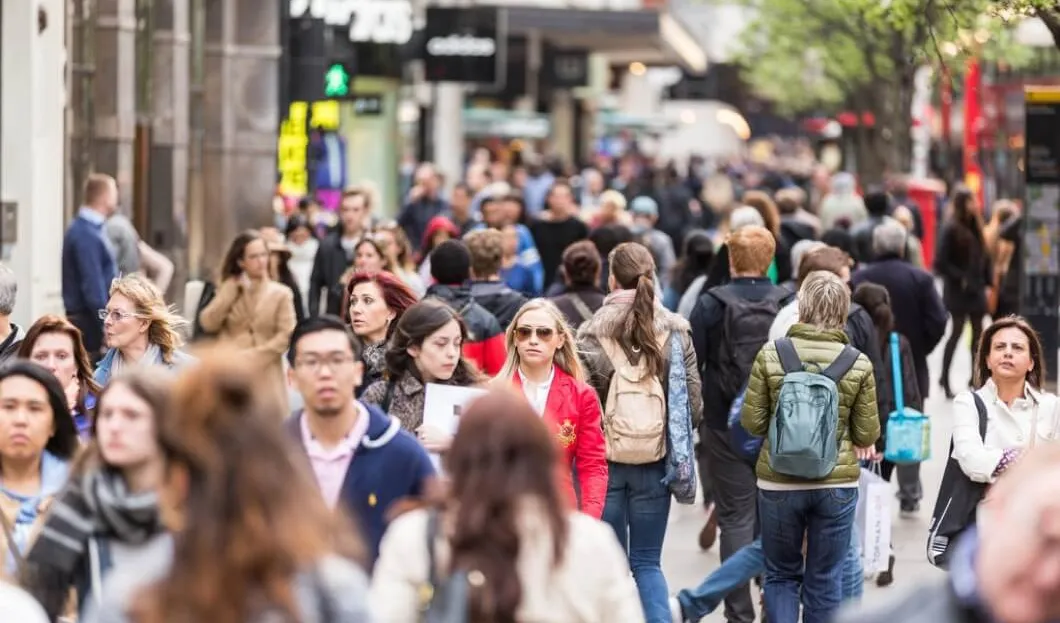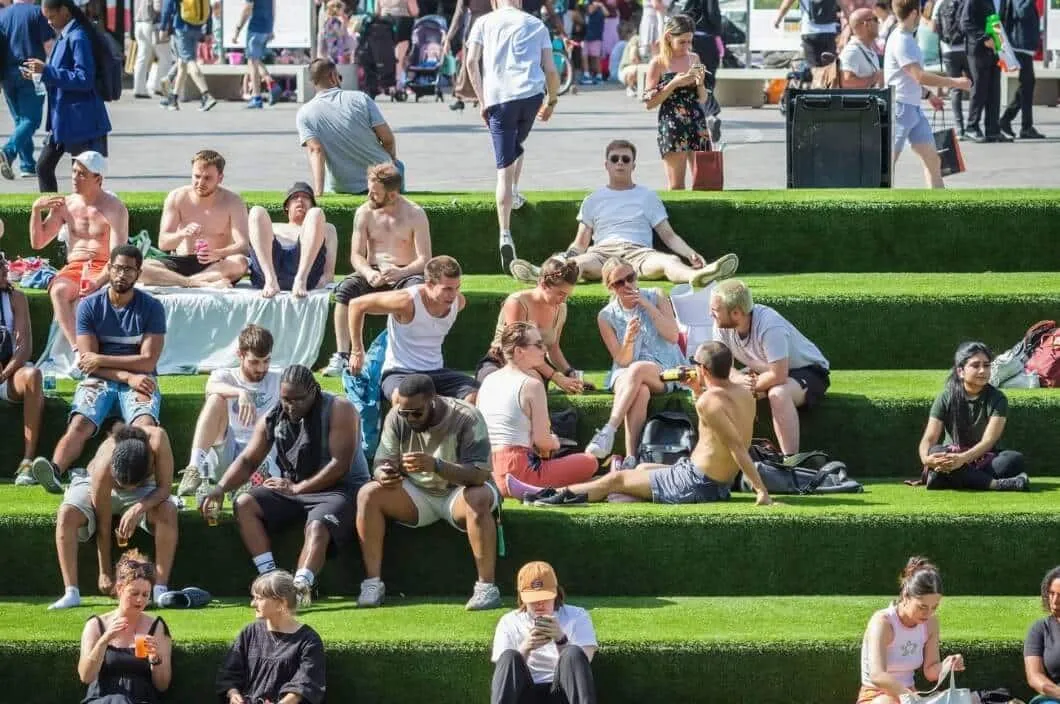
London is a popular tourist destination, but mass tourism causes inconvenience for locals and the infrastructure.
Tourism significantly contributes to London's local economy by generating significant revenue and creating jobs in various industries like hotels, restaurants, and related sectors. Furthermore, mass tourism has helped enhance London's reputation and influence globally, improving its visibility worldwide.
London has undoubtedly become a melting pot of cultures by attracting visitors from across the globe. This has led to cultural diversity and enriches the city’s way of life. England’s capital city is famous for its international dimension, which is acknowledged by tourists and expatriates who work here.
Traffic Congestion and Overcrowding
Mass tourism in London has both positive and negative impacts. While it brings in revenue and boosts the economy, it also has lots of disadvantages. One of the major drawbacks is that it contributes to congestion. London's top tourist attractions, such as the British Museum, Buckingham Palace, and Tower Bridge, are often overcrowded, leading to problems with waiting times and congestion. This can be observed in the long queues of tourists and on the roads, where navigating through central London has become increasingly challenging.
Mass Recruitment with Difficult Working Conditions
Despite the temporary decrease in tourism due to the pandemic, London has experienced significant growth over the past few years. As a result, hotels and restaurants have hired many foreign workers, often under challenging working conditions.
Nearly 80% of hotel employees earn less than the British Living Wage, equivalent to the minimum wage. Approximately 70% of these workers have an immigrant background, and most work beyond legal hours. Language barriers further complicate communication between workers and employers, as some may not speak English fluently.
The Environmental Issue
Mass tourism hurts the environment. This is mainly due to energy consumption, waste generation, and visitors' carbon footprint. Transport is a major source of air pollution, from cars (tourists often use taxis) to airports.
In addition, airports are a major source of noise. This decreases the quality of life for residents, especially those near the 6 airports that are in London.

Fighting Mass Tourism
The London government has implemented various measures to manage the mass tourism impact. These include regulating the rental of properties for short-term stays, promoting lesser-known areas of the city, and growing awareness about the importance of environmental conservation.
As for short-term rentals, Airbnb hosts are restricted to letting their properties for a maximum of 90 days per year. This is intended to encourage property owners to rent their apartments to locals or expats rather than tourists. By doing so, the housing supply is increased, which helps control property prices in the English capital.
Developing Parks
London is taking steps to develop its green spaces. The city boasts over eight million trees and several large parks, covering over a third of its land area. This initiative aims to lower the number of cars on the roads and encourage citizens to walk more by providing green spaces.
London's public transport system is highly efficient and well-organized, making it easy for people to get around without using cars or taxis that add to pollution. The metro system is a quick and reliable mode of transportation. The airports are well-connected to the city center with the Gatwick Express, the Stansted Express, and the Heathrow Express, all providing fast and convenient travel options.
Balancing the economic advantages of tourism with maintaining the quality of life for locals is an ongoing challenge for the City of London. This is particularly difficult in a city with about 10 million inhabitants, but the outcomes are satisfactory for a city that is among the most popular tourist destinations globally.










